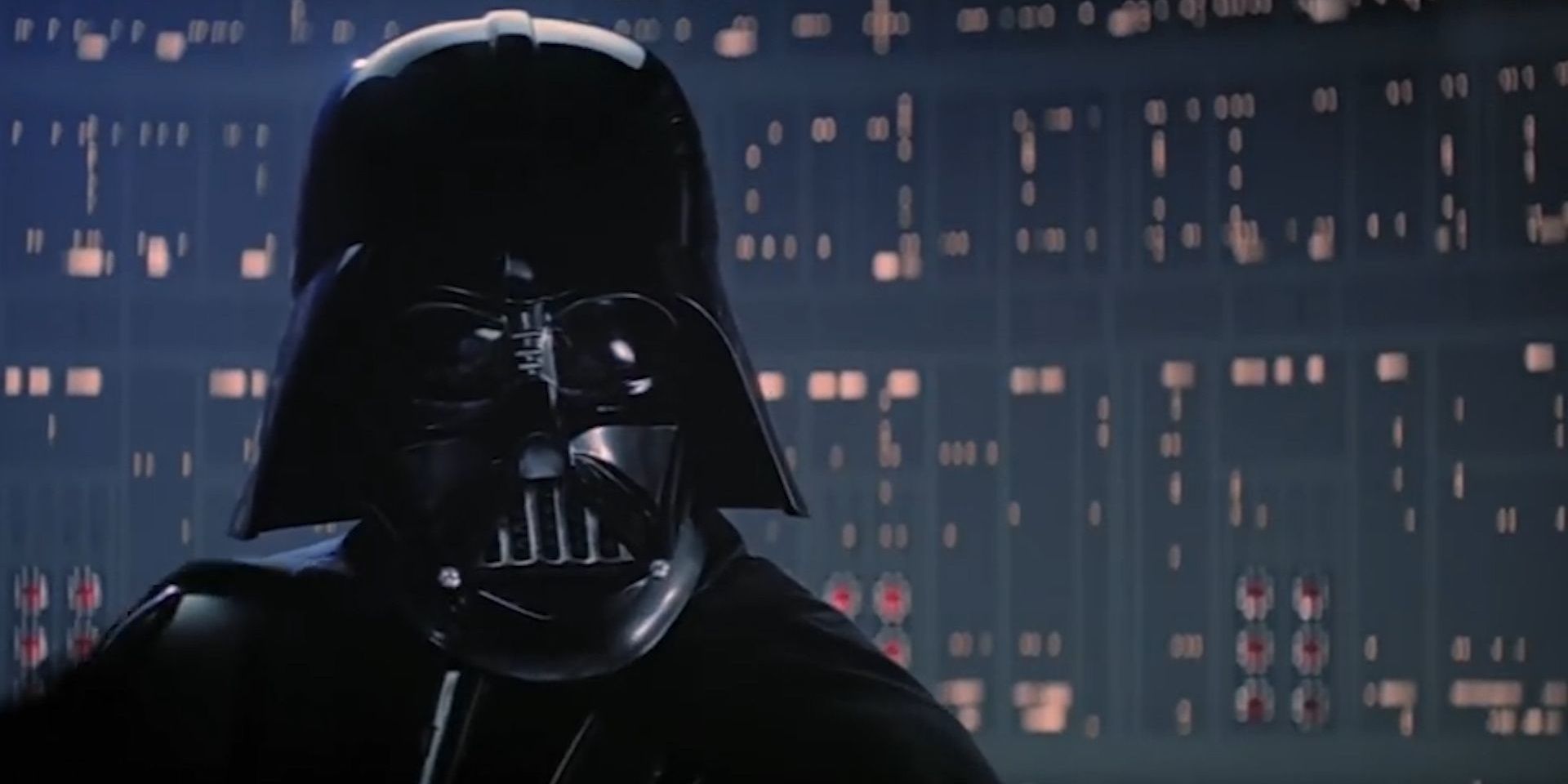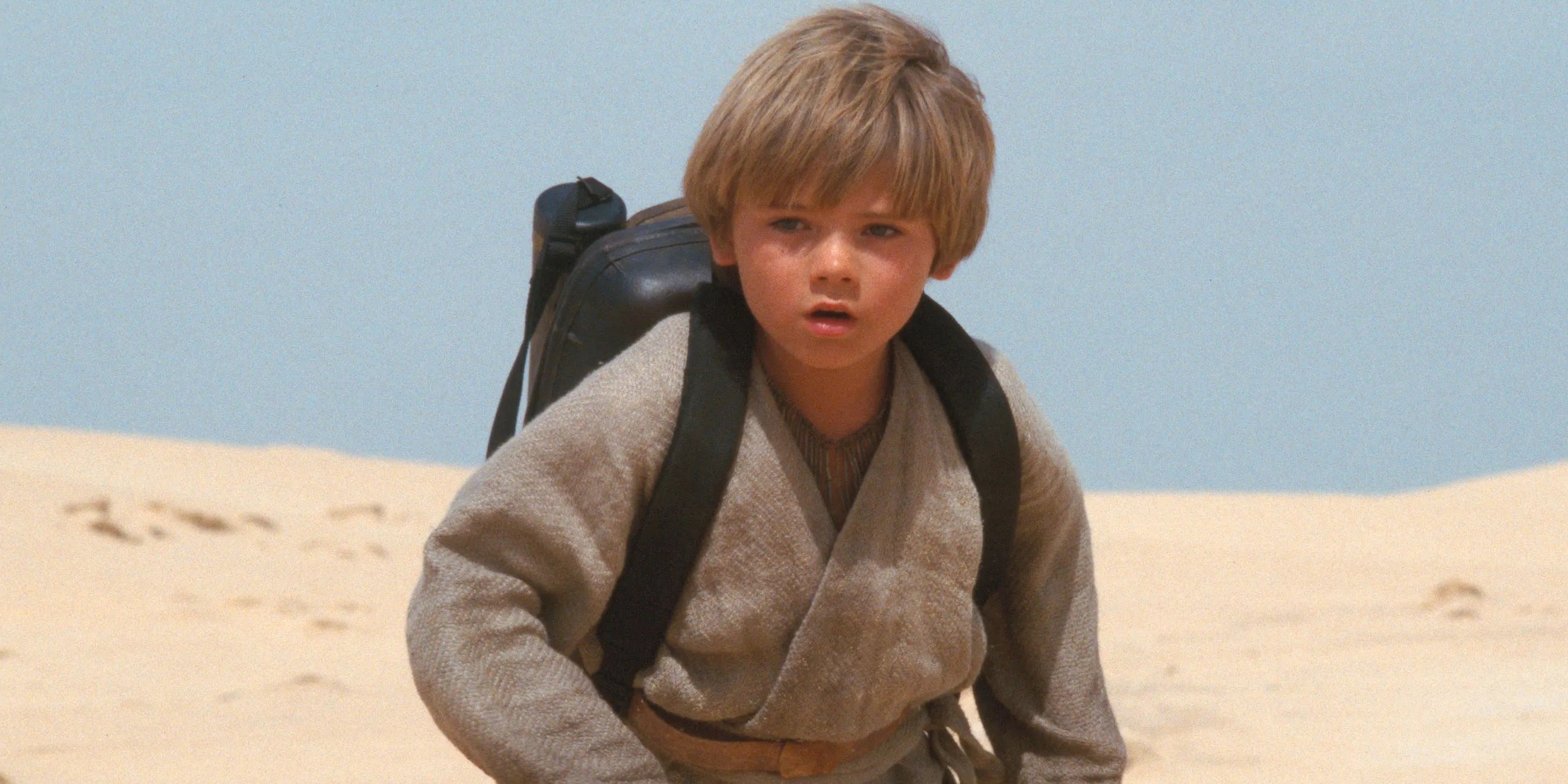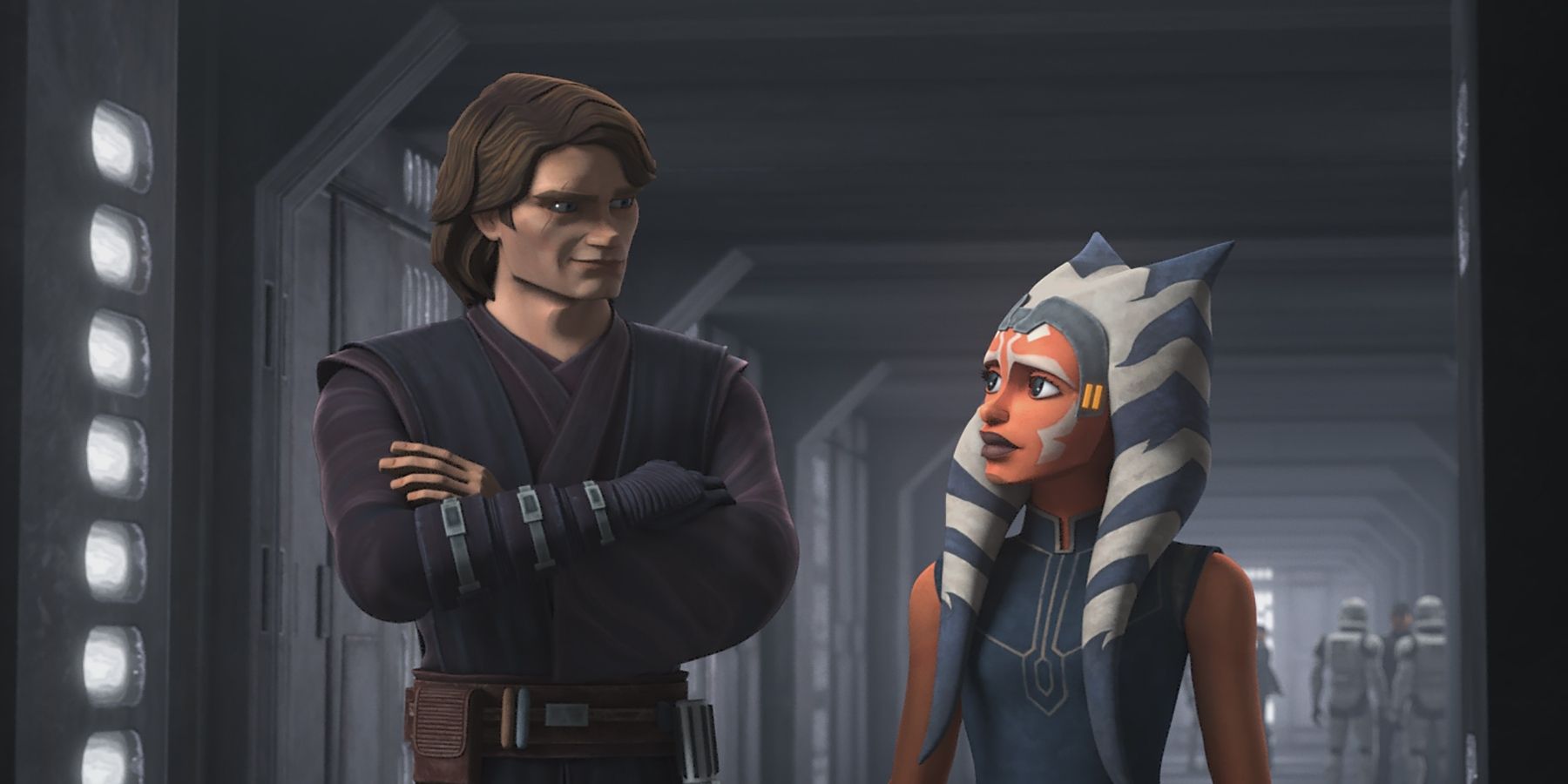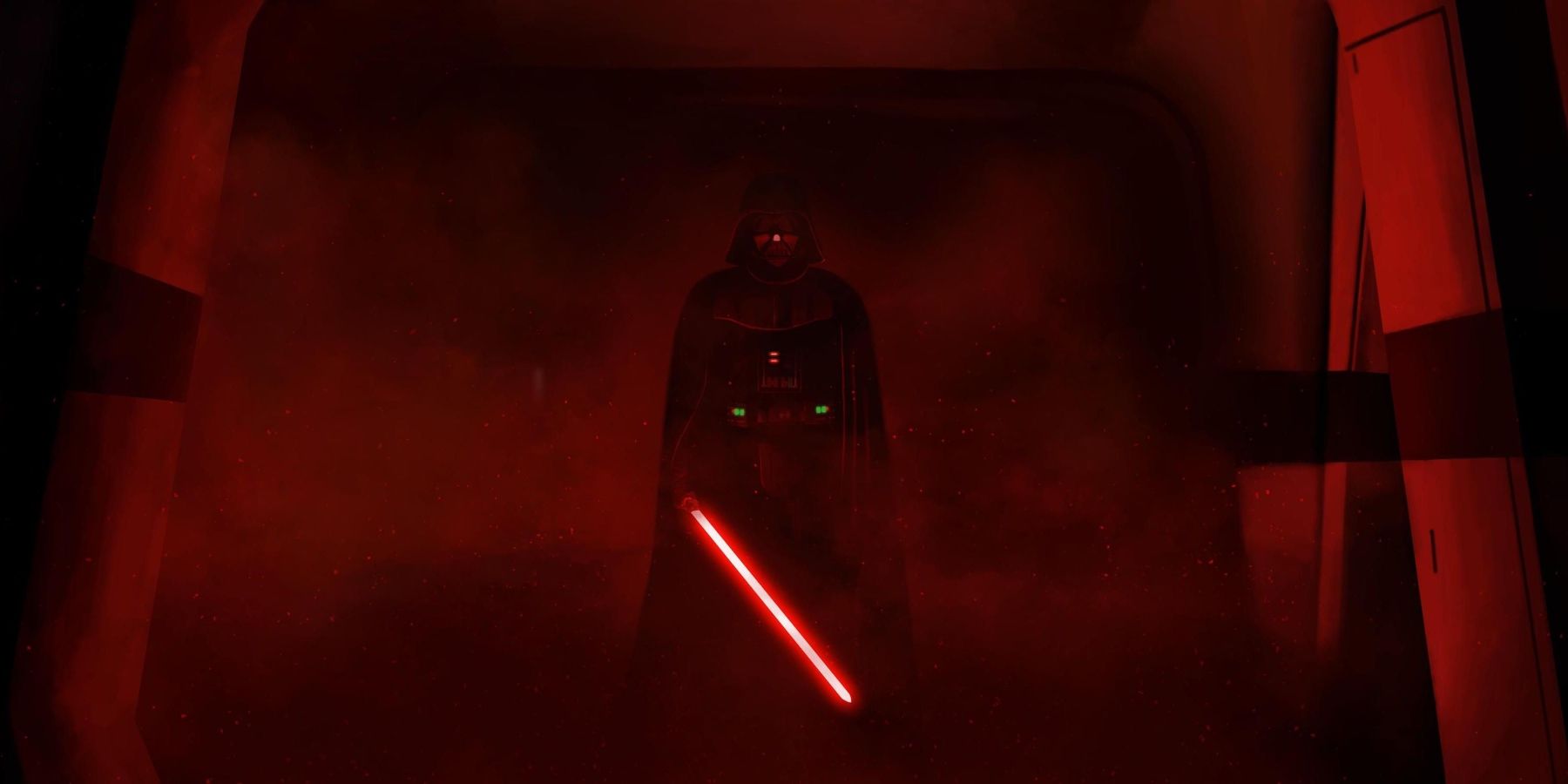The Star Wars series has introduced no shortage of characters into pop culture who have become synonymous with their respective archetype — Luke Skywalker has become shorthand for the idealistic young hero, just as Han Solo is the perfect example of the lovable rogue and Obi-Wan Kenobi is the living embodiment of the classic mentor.
But out of all the most famous Star Wars characters, none are quite so legendary as the tyrannical dark lord of the Sith, Darth Vader — formerly known as Anakin Skywalker. Vader has inspired fear and awe into the hearts of countless moviegoers ever since he first appeared on screen in the original 1977 Star Wars. In the following decades, Darth Vader cemented himself as a true pop culture icon, becoming one of the most beloved villains in film history alongside the likes of Norman Bates, Hans Gruber, and Hannibal Lecter.
Then, in May of 1999, Star Wars: Episode I — The Phantom Menace was released in theaters, providing audiences with a very different depiction of Anakin Skywalker. Instead of the legendary hero and “cunning warrior” that Anakin was said to be in the Original Trilogy, he was instead depicted as a whiny little kid who says things like “I’ll try spinning, that’s a good trick.” Needless to say, the Anakin depicted in The Phantom Menace wasn’t what fans expected when they were promised the origin story of Darth Vader.
Anakin’s reputation only got worse after 2002’s Attack of the Clones. While Anakin (now played by Hayden Christensen) had now grown into the bold and heroic Jedi he was once described as, the dubious writing and directing from series creator George Lucas still left a bad taste in the mouths of countless fans. Most of Anakin’s screen time is devoted not to his exploits as a Jedi, but rather his love story with Padmé Amidala (played by future Mjolnir-wielder Natalie Portman). What’s meant to be a passionate romance between two star-crossed lovers is instead awkward and stilted. Any chemistry or emotional connection between the couple is replaced by Anakin being creepily possessive of Padmé, then committing genocide against the Tusken Raiders.
Even the foreshadowing of Anakin’s eventual turn to the dark side is laughably ham-fisted, resulting in infamous lines like “I don’t think the system works” and “I slaughtered them like animals! I hate them!” And while Anakin’s final descent into villainy was handled much better in Revenge of the Sith, the damage had already been done by then — not helped by the fact that Vader’s first action upon donning his iconic jet-black armor is to fall to his knees and melodramatically scream “NOOOO!” In other words, the film trilogy designed to explore the tragic backstory of the iconic Darth Vader served only to tarnish his reputation.
Following the release of the Prequel Trilogy, many Star Wars fans believed that the character of Darth Vader had been permanently tainted by Anakin’s portrayal in the prequels — that he’d never be able to live down moments like “I don’t like sand” and “From my point of view, the Jedi are evil”. But over 15 years later, Darth Vader is still every bit the villainous icon he once was. Was Vader’s portrayal in the Original Trilogy just so good that people didn’t care about how the prequels handled him? That’s likely part of it, yes. But more importantly, the story of Darth Vader wasn’t over yet.
In 2008, Anakin became a main character of the animated Star Wars: The Clone Wars TV series, depicting his adventures between Episodes II and III. Clone Wars Anakin (voiced by Matt Lanter) lacks the emotionally stunted awkwardness of his live-action counterpart, instead being portrayed as a confident, wisecracking hero who isn’t afraid to bend the rules to protect others. He’s a more likable and compelling Anakin than the one in the Prequel Trilogy — one who feels like a fully-realized version of the Anakin that Obi-Wan told Luke about. His relationships with Obi-Wan, Padmé, his right-hand clone Captain Rex, and his idealistic young apprentice Ahsoka all make him feel like a more fleshed-out, believable character in a way that the prequels never did.
But Anakin’s role in The Clone Wars doesn’t just fix the mistakes of the prequels — it also adds to his overarching story, foreshadowing his eventual transformation into Darth Vader. Throughout the series, Anakin becomes more and more tempted to cross lines in the name of the greater good, killing without a second thought if it means saving lives. The Clone Wars shows Anakin at his most heroic, but it also demonstrates that he’ll do whatever it takes to protect the people he cares about, no matter how cruel or callous it may seem. In other words, it shows that he’s exactly the kind of person who would willingly become a Sith Lord for the sake of saving both his wife and the galaxy.
In the sequel series to The Clone Wars, Star Wars: Rebels, Darth Vader appears infrequently, but he always makes an impact when he does. Vader is depicted as a symbol of absolute fear and unstoppable power. He’s the same terrifying dark lord he was in the Original Trilogy — except this time, he’s in a story where the heroes are fated to lose against him. Much like in Rogue One, Vader is an absolute juggernaut who effortlessly decimates anyone in his way. All the traits that made him such an iconic villain to begin with are intact: he’s ruthless, intimidating, cunning, and even a bit theatrical.
Vader’s standout appearance is in the episode “Twilight of the Apprentice”, in which he faces off against his former Padawan Ahsoka Tano. In the ensuing duel, Ahsoka breaks Vader’s mask, forcing her to look Anakin in the eye as he attempts to strike her down. It’s a scene that’s epic and heartbreaking in equal measure, highlighting the discrepancy between the good man Vader once was and the monster he’s become. It’s the kind of tragedy that’s only possible to convey after seeing Anakin’s glory days firsthand, witnessing the bonds he shared with the people he’s now forced to kill.
The Prequel Trilogy may not be the most well-executed story, but it’s an integral part of the Star Wars mythos, and without it there would be no Clone Wars or Rebels, and maybe even no Rogue One. Despite all the comical, cringeworthy moments Prequel Anakin provides, the origin story of Darth Vader is nevertheless a tragic one: one that fleshes out and humanizes one of pop culture’s greatest villains. Regardless of whether you think the prequels are underappreciated gems or a blight on the franchise, it’s hard to look at Vader’s final duel with Obi-Wan the same way after seeing them fight alongside each other as brothers in arms.
Regardless of quality, the prequels didn’t ruin Darth Vader’s mystique, they added to his tragedy — and later installments have only built upon that tragedy. It may have been hated by fans at first, but the Prequel Trilogy laid the groundwork for some of the greatest Darth Vader moments in Star Wars history, further cementing him as one of the most iconic villains in all of fiction.




